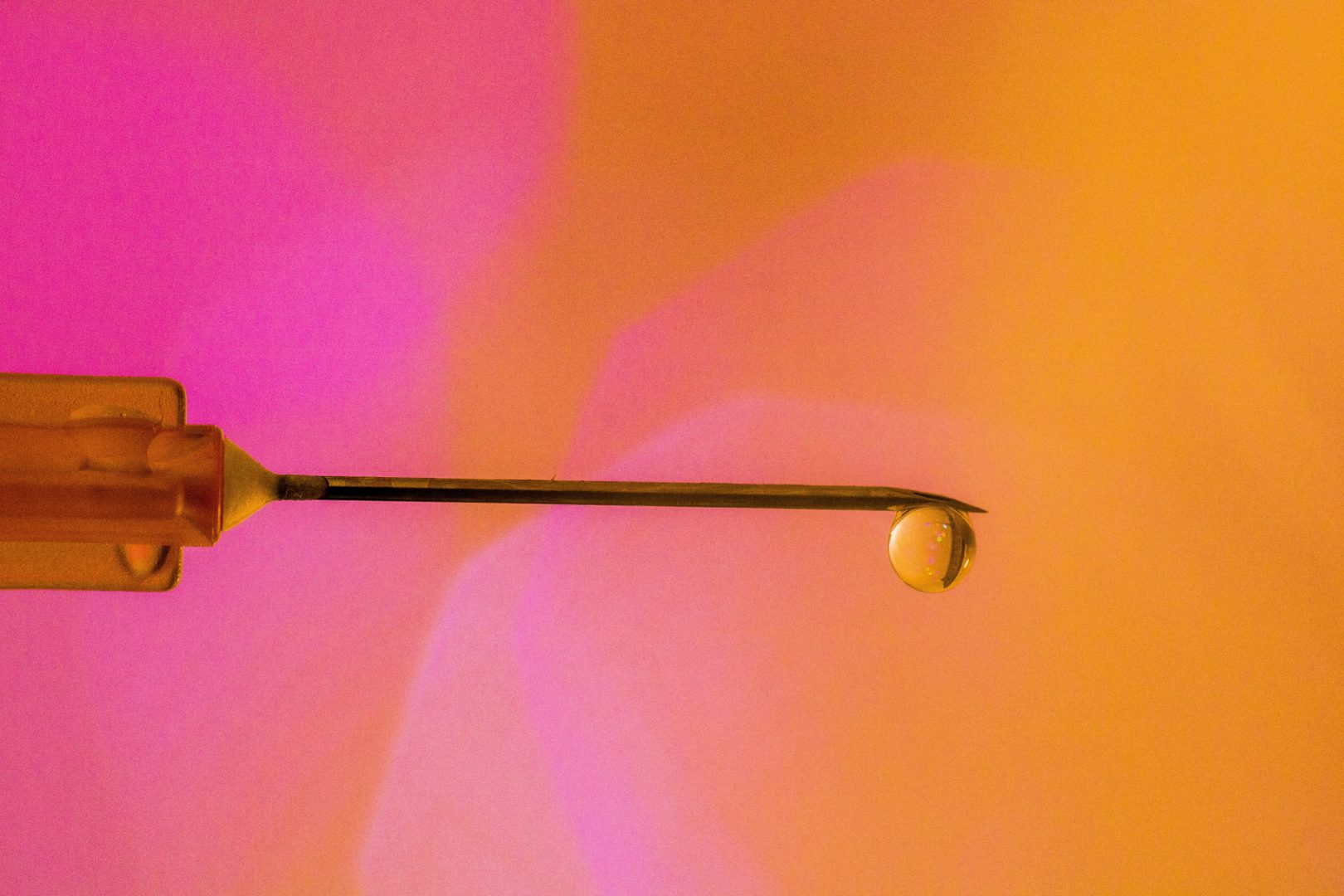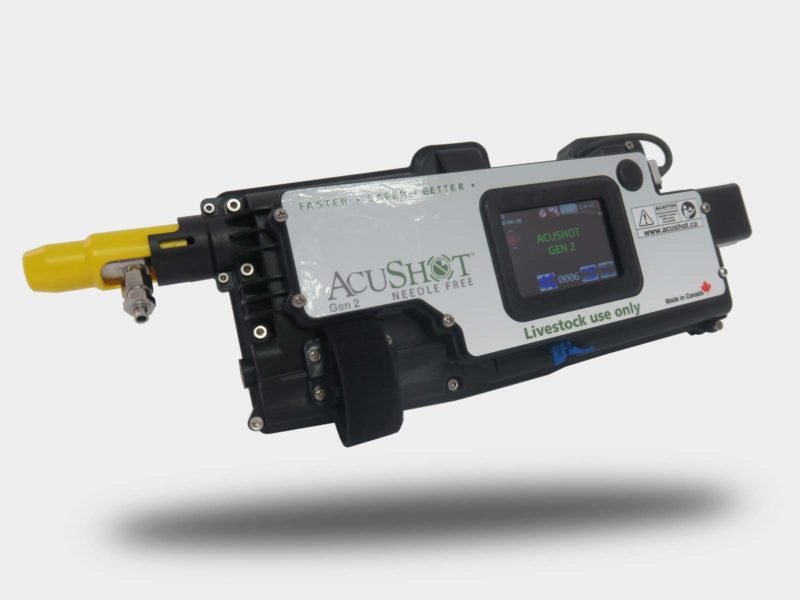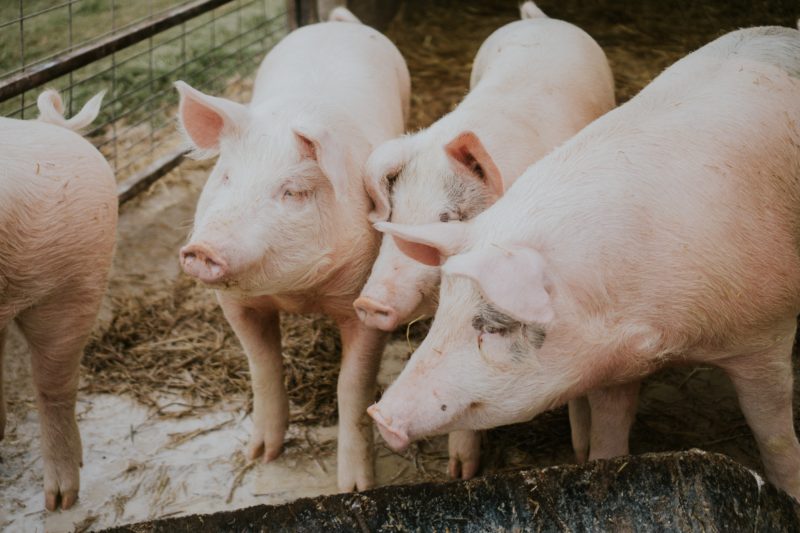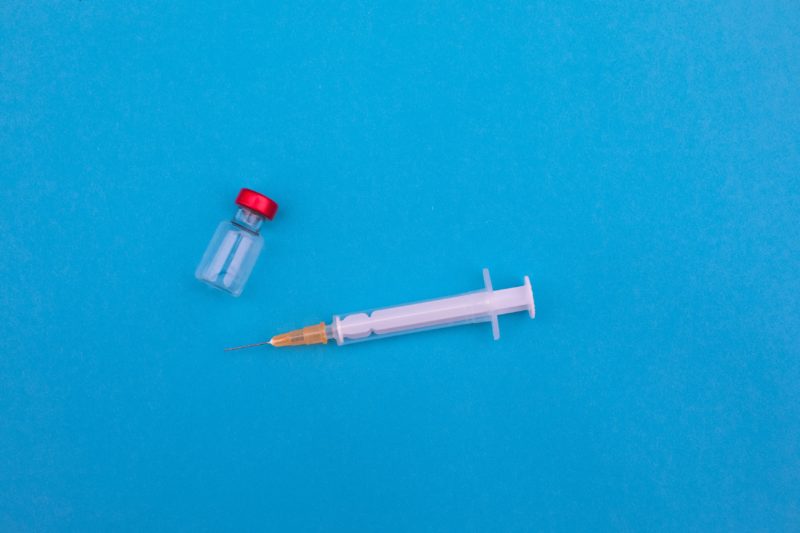In last month’s issue of “Making a Difference”, we discussed issues surrounding “Safety” and how needle use impacts farm workers on a daily basis. In this month’s issue we want look at issues surrounding “Set back costs” for farms when using needles
Anyone who’s ever witnessed an injection event on farm using a needle understands all too well that the animal is affected during the process. There is almost always a reaction from the animal when the injection occurs. It’s bad enough when using a new needle, but it’s a common industry practice in almost every farm around the world to reuse needles.
Take a look at the pictures below which shows a new needle on the left and a needle that has given 10 injections on the right. Ouch!
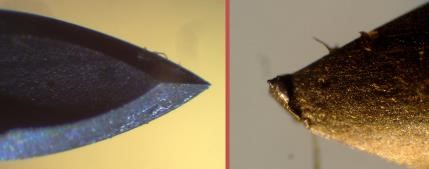
When the animal is injected with jagged, reused needles, the stress of the injection reduces its desire to eat and increases the chances of an immunological challenge; both of which can cause a setback in the daily growth rate of the animal.
Although little research has been done on the economic impact of setback cost when using needles, all industry leaders recognize this as an issue. Conservative estimates calculate a decreased growth rate of 1 day per injection. With many animals receiving multiple injections, it’s not hard to see how the numbers add up.
Decreasing the stress of injections to animals was a key reason for the development of AcuShot’s innovative second generation Needle-Free technology. Replacing needle use with AcuShot’s Needle Free technology drastically reduces the setback to the animal’s growth rate. Reduction of setback costs alone can help pay for an AcuShot Needle-Free device within one year on an average size farm.
View actual on farm injection videos at and see for yourself how safe our device really is. Farmers repeatedly comment that using the AcuShot device is much safer to use when compared to conventional needles.

